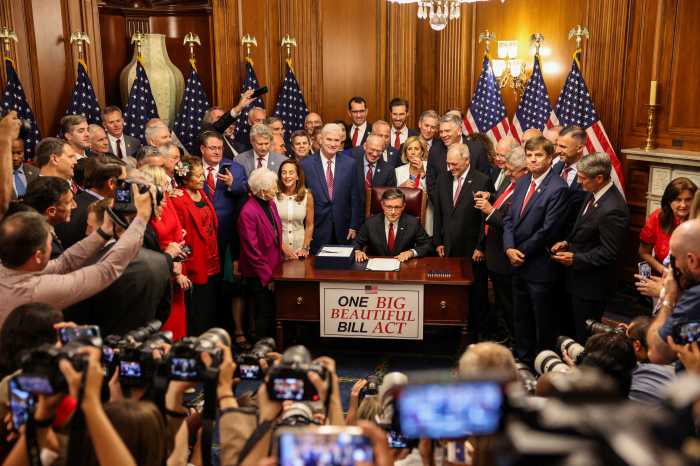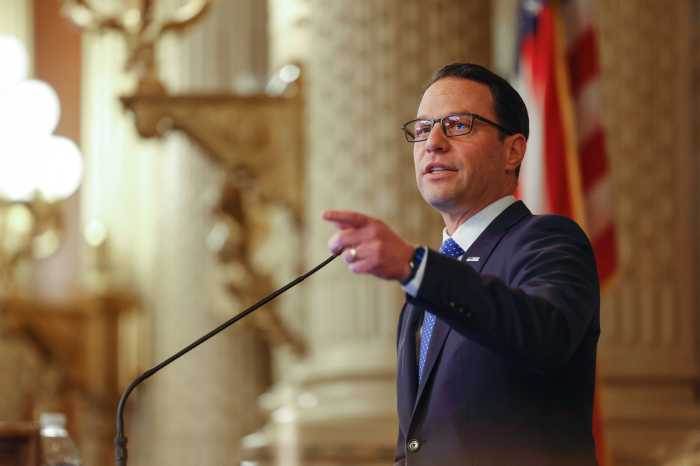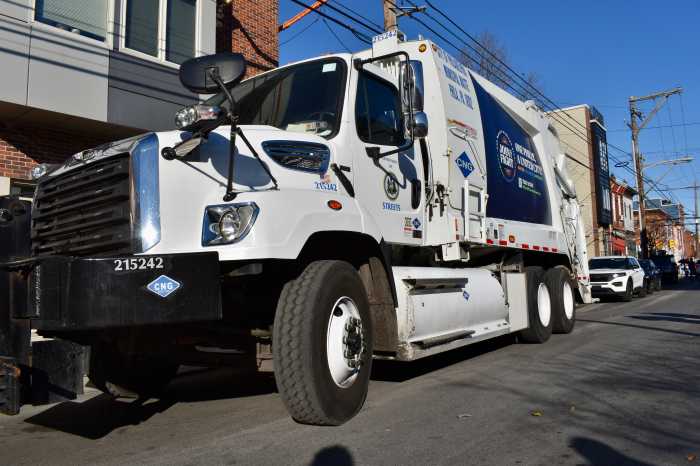By Richard Cowan
The U.S. Senate on Thursday moved toward final passage of legislation to fund the government through March 11, hoping to avoid the embarrassing spectacle of a federal government shutdown amid the Russia-Ukraine crisis.
Senators faced a midnight Friday deadline for passing the bill and sending it to President Joe Biden for signing into law before existing federal funds expire.
“A government shutdown would be useless, senseless. Can you imagine how that would look to the Russians?” Senate Appropriations Committee Chairman Patrick Leahy said in a speech just before the vote.
Senators then voted overwhelmingly to advance the bill toward a final vote.
This third stop-gap measure since last September, which already has been approved by the House of Representatives, would give congressional Democrats and Republicans until March 11 to reach a deal on a spending bill that would keep Washington humming through Sept. 30, the end of the fiscal year that began last Oct. 1.
The prolonged uncertainty over Washington’s finances for programs including many military operations comes at a time when Russia has amassed around 150,000 troops at its border with Ukraine, stoking fears of a looming invasion that has rattled NATO nations and financial markets.
House-Senate negotiations on a spending deal likely would appropriate around $1.5 trillion in “discretionary” funds for an array of government programs, including those administered by the Pentagon, the Environmental Protection Agency, State Department and other Cabinet-level departments.
Failure to reach a deal by March 11 would leave Congress with three options: simply passing a bill extending current funding at levels approved by the Trump administration for the remainder of this fiscal year; approving a fourth temporary funding bill in the hope that a grand deal still can be negotiated; or letting funding lapse. The latter would trigger widespread furloughs of federal workers and shutter many of the programs they administer.
The last time Congress failed to fund the government was in December, 2018, when Democrats balked at funding then-President Donald Trump’s U.S.-Mexico “border wall,” one of his top 2016 campaign promises. During his campaign, Trump insisted Mexico would finance the vast project, an idea that the Mexican government flatly rejected, leaving U.S. taxpayers to potentially foot the bill for its construction.
Following a record, 35-day impasse, Trump found ways to partially circumvent Congress, but the so-called wall never was completed amid skepticism over its effectiveness.
This time around, Republicans are insisting that overall spending be split evenly between defense and non-defense programs. Democrats who narrowly control Congress have been seeking slightly more spending in the non-defense arena.
But if that top-line number is set, many disagreements would still have to be ironed out over individual programs.
Reuters

































